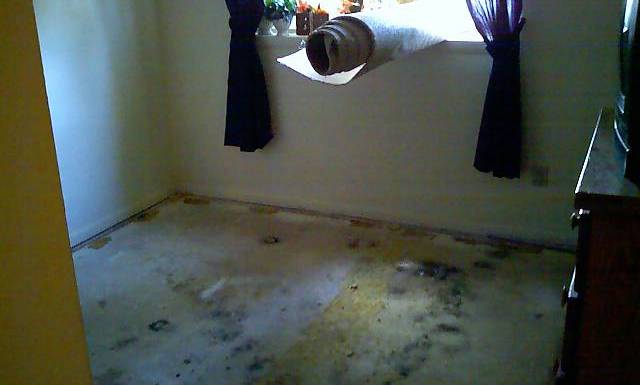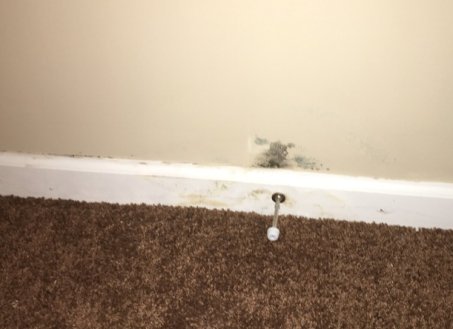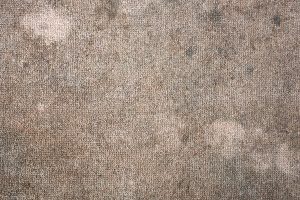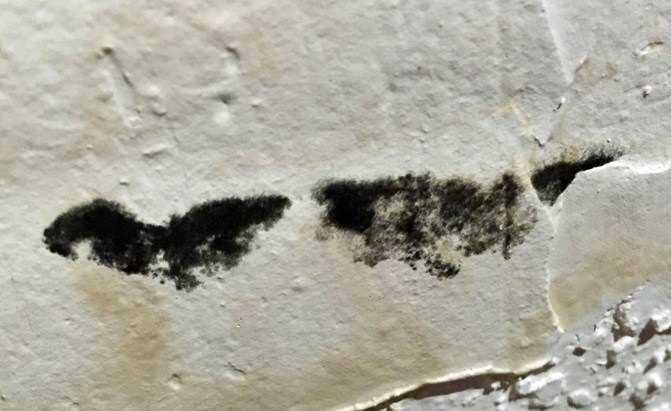Wet Carpet Mold Health
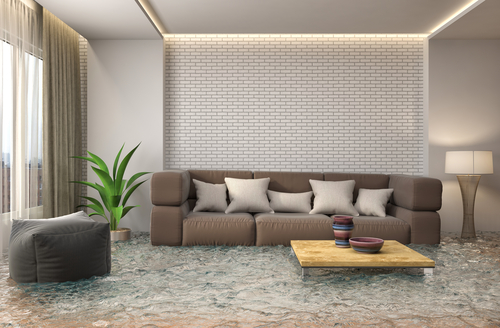
Exposure to damp and moldy environments may cause a variety of health effects or none at all.
Wet carpet mold health. If padding beneath the carpet has become wet for any reason or has become moist from condensation the padding as well as the carpet on top are at risk for mold growth. Nothing good comes from wet carpet. Mold grows quickly on wet carpet so it s important that you take care of leaks and spills quickly. Some people are sensitive to molds.
Some of you will think that the carpet will get dry on its own once you wipe out the liquid. But you may not realize just how bad damp carpet can be for your health. The padding may need to be replaced as will the carpet in some cases. For these people exposure to molds can lead to symptoms such as stuffy nose wheezing and red or itchy eyes or skin.
Molds produce allergens substances that can cause allergic reactions and irritants. Clean and dry your carpet immediately if it s exposed to standing water. Mold is incredibly toxic to humans and pets. Wet padding beneath carpet.
Mold and mildew thrive in damp conditions and can spread like wildfire causing significant damage to your home. If the carpet gets wet again or the carpet is exposed to elevated levels of moisture humidity then mold growth and related odors will likely recur. Remove the standing water from your carpet and steam clean your carpet with a carpet cleaner. A carpet that remains damp or wet for more than 24 hours has a high risk of growing black mold.
The presence of mold can cause a variety of health issues but the presence of mycotoxins cause severe stomach irritation and infection. Unattended wet carpet is prone to mold and mildew. If the carpet is an area rug then the carpet can be placed outdoors in the direct sunlight during the warm hot months of the year to dry the carpet. Molds have the potential to cause health problems.
Inhaling or touching mold or mold spores may cause allergic reactions in sensitive individuals. Molds are usually not a problem indoors unless mold spores land on a wet or damp spot and begin growing.









